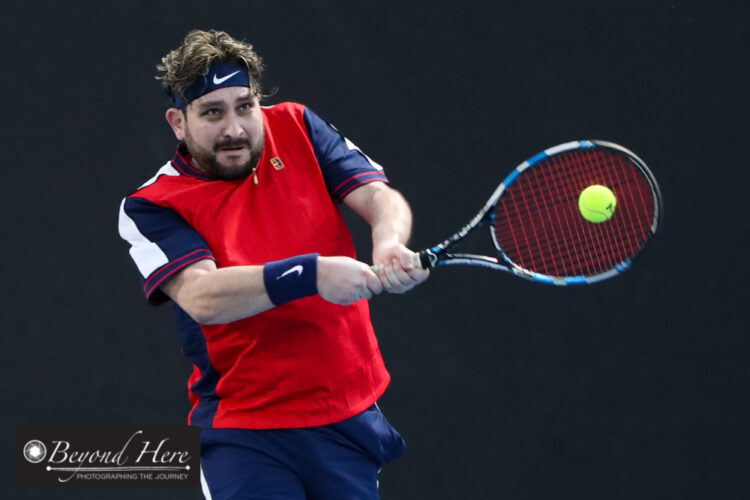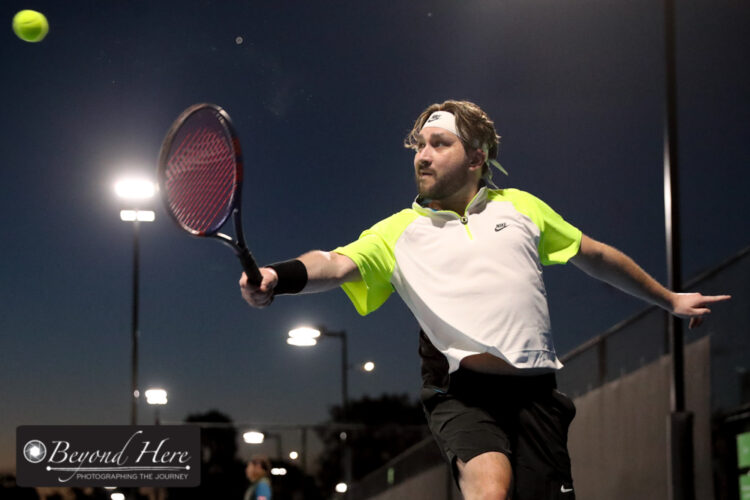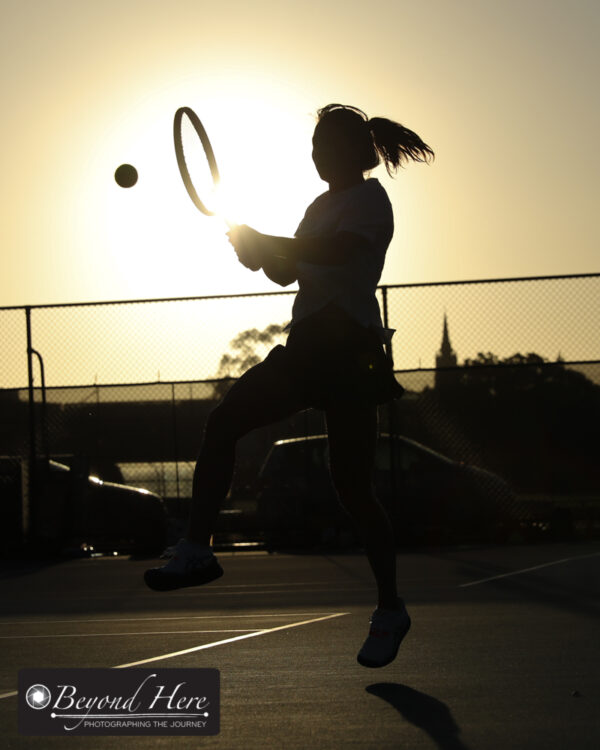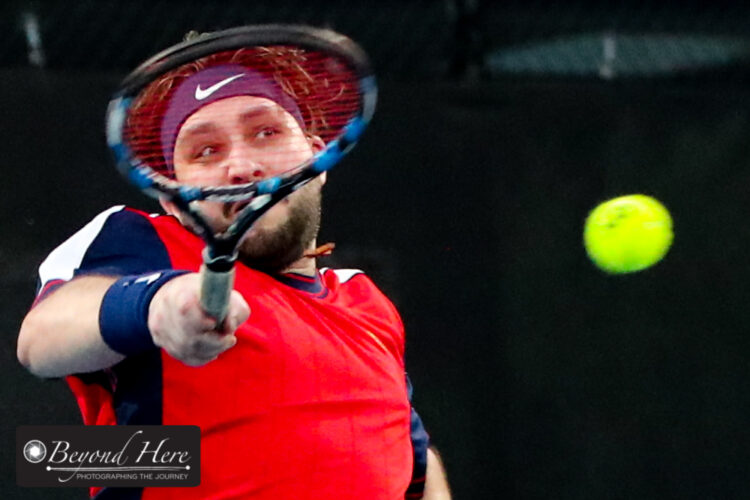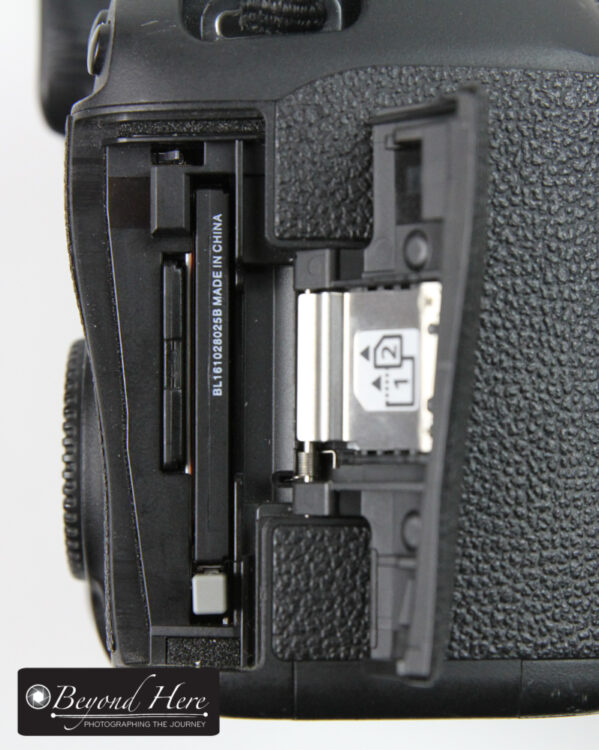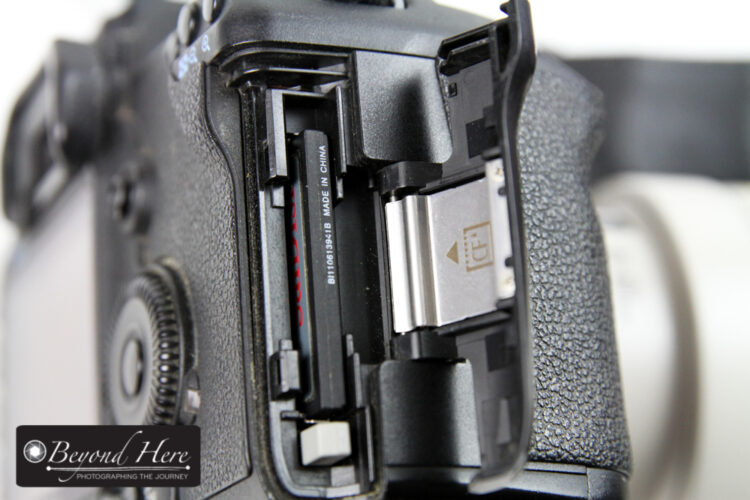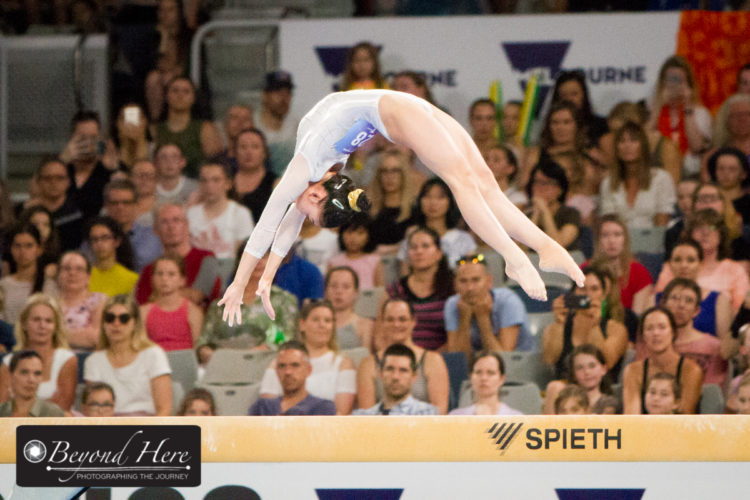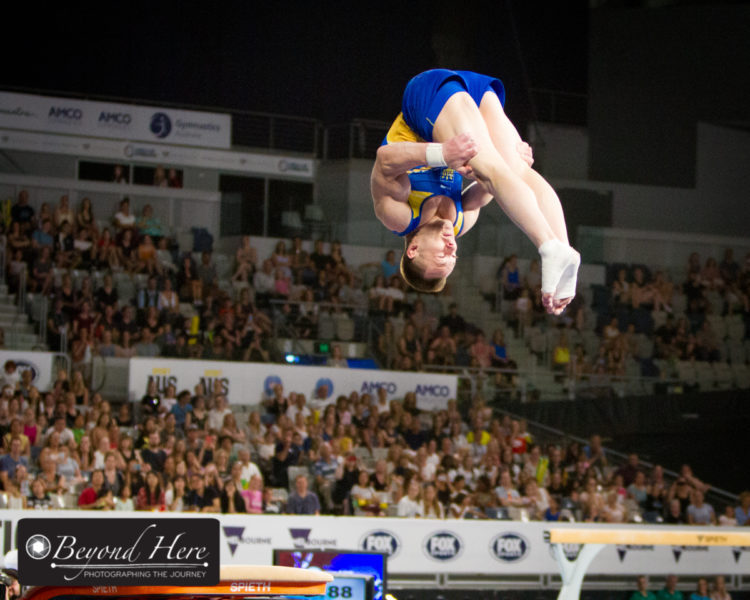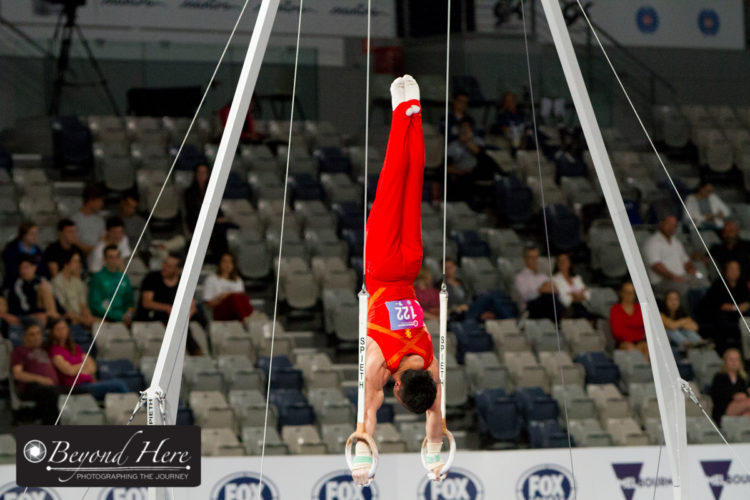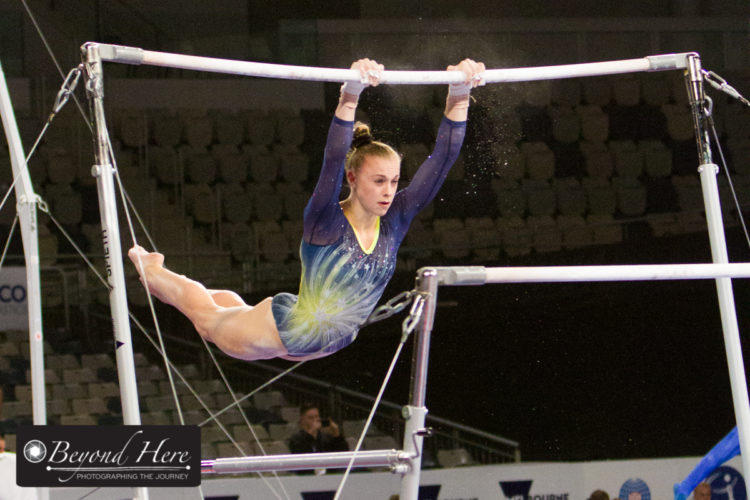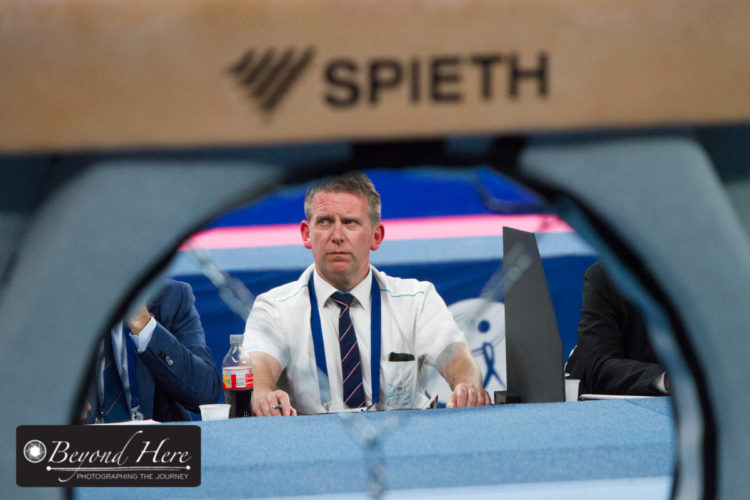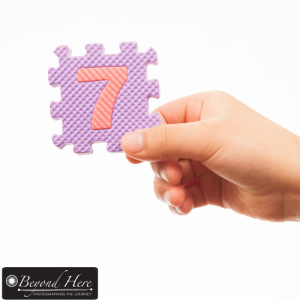Wedding photography can be challenging, exciting, stressful, exhilarating, and exhausting – all at once! I am shooting another wedding this weekend and have spent time making sure that I have everything in place to be able to perform at my best on the day. The more preparation I do before the wedding day, the less I have to worry about, and the better my images are. Rather than hoping for the best, I focus on preparing for wedding photography success. Here are some tips which might be useful to you.
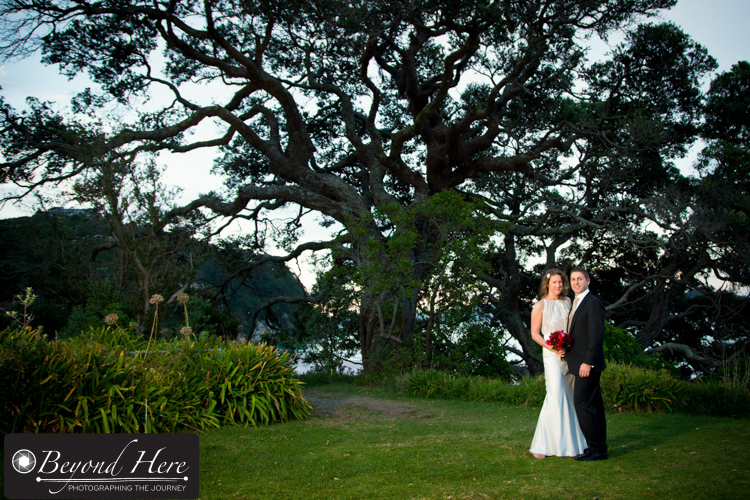
Taking time to understand what your client is looking for is important
Sorry if you were hoping this would be a “what’s in the wedding photographer’s bag” type post. Instead, I’ve condensed my preparation into 7 checkpoints.
Checkpoint 1 – Do you really know your client?
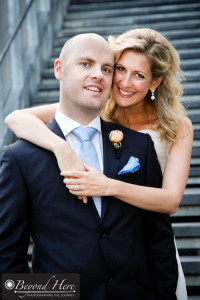
Meeting your client face to face helps to establish a relationship and helps you understand what they are looking for
Where it is possible I like to meet face to face with my client at the time they are selecting a photographer. It gives me a chance to make a personal connection with the bride and groom, to understand the dynamic between the couple, and to focus on what is important to them in their wedding photography. The couple I am shooting for this coming weekend, I met over a year ago at their home. We spent time discussing the wedding day and what was important to them. They are ‘car people’ and even showed me around the vehicles in the garage (this was a good sign they were planning to book me!). In the last 2 months I have been in touch with them via email and phone to understand how the wedding planning was going. Last weekend I visited them to go through the timings for the day and to re-visit the notes I made a year ago. I now have a good understanding of what is important to them, and am looking forward to the wedding.
Checkpoint 2 – Is the paperwork in order?
If you are thinking ‘what paperwork?’ you may need to do more preparation before launching your wedding photography career. It is ok to shoot your friends wedding without a contract, but for all other clients you will need a contract. Included are the terms and conditions of payment. My clients for this weekend have had a copy of their contract for over a year. They signed it at the time of the booking and paid in full 4 weeks ago. During the wedding I won’t be wondering if I am going to get paid. Don’t over look this checkpoint – it is key to preparing for wedding photography success and will go a long way to ensuring financial success as well as photographic success.
Checkpoint 3 – Have you visited the venues?
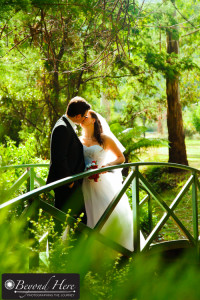
Visiting the venue lets you plan your key shots
It is very important to have visited the venue for the wedding in advance. It gives you time to look around and plan for where your key shots will take place. At the venue I will be shooting at next weekend, they display a range of sample albums. Looking through them also gave me some great ideas which other photographers have used. I now feel well prepared – particularly to make the most of the short time between the end of the ceremony and the start of the reception. I know which camera body and which lens I will be using at each location on the property. I know the style of shot which will suit my client. I know where my assistant will be and what she will be doing.
Checkpoint 4 – Are the logistics sorted out?
By logistics, I mean some of the practicalities of the day. For next weekends wedding there is a small chapel at the bottom of the property, and the reception venue is several hundred metres away. Thinking through the logistics, I will park the car near the chapel, as I will need to grab the step ladder for the ‘all guest’ shot. Rather than driving and re-parking I will walk up to the reception venue. No stress, I know where the car is. Car parking is just one element of the logistics. The more you can consider in advance, the less stress you will have on the day. Less stress generally means better images and happier clients.
Checkpoint 5 – Do you know the wedding party’s names?
The wedding party aren’t directly your clients, but they are normally family or the best friends of the bride and groom. Often they are lifelong friends. Taking the time to learn their names and using them, is one small way to show the bride and groom that you care about them and their day. It is not hard. I am looking forward to meeting Spiro – the best man – this weekend. If I strike up a good relationship with him early on the day, I might ask him to help with ‘crowd control’ after the ceremony. Often the best man loves to play a key role and it helps deal with his nerves if he is making a speech at the reception.
Checkpoint 6 – Which are the key shots?
It is easy to think on a wedding day that they are all key shots. What I mean here is, which are the shots you plan in advance which you anticipate the bride and groom will print and hang on their walls at home? Which shots capture the venue, the couple, and the day all in one? Based on what you know is important to the couple, which shots are going to mean the most to them? For my couple this weekend it will involve the grooms vehicle and driving into the future together. There will also be shots of the wedding party, candid moments, the ceremony, the guests, family formals, and kids being kids – but I anticipate the ‘winning shots’ to involve the bride and groom and the car. It will show their love for one another, a beautiful venue, and their passion for motor vehicles.
Checkpoint 7 – What is the weather forecast?
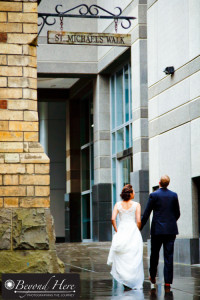
Checking the weather forecast gives you time to plan indoor and outdoor shots
If your wedding involves shooting outdoors during any part of the day, you will need to consider in advance what the weather forecast is. You can’t rely on beautiful soft light from a bright cloudy day for every wedding you shoot. What is the plan if there is bright sunlight? Or pouring rain? Or both within a few hours? Have you spoken to the venue to ask their advice on wet weather options? Late August can bring some very changeable and cold weather in Melbourne, Australia. Fortunately the forecast for this weekend is sunny, clear and cool. It should mean flexibility to shoot both indoor and outdoor images throughout the day. (I hope it is the same for the wedding I am shooting the following weekend!!)
I am a strong believer in preparing for wedding photography success. The more elements I have planned for in advance, the more I will be able to focus on photography on the big day. You don’t have to use my checklist, but I encourage you to plan in advance. Having a system in place gives you the best chance to shoot great wedding images and enjoy yourself at the same time. Invest the time in preparing for wedding photography success!
